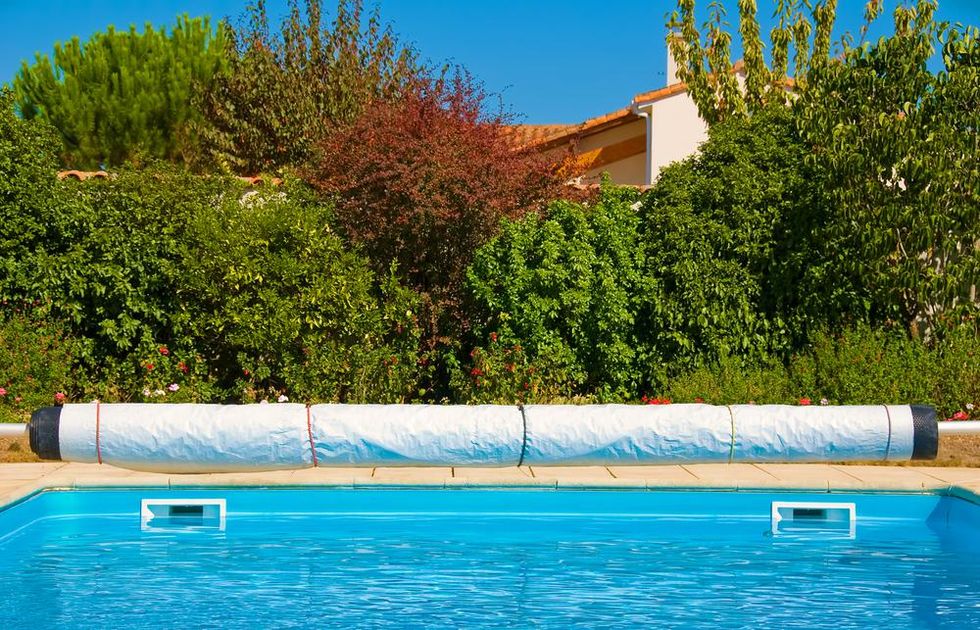Tarps are most commonly used as a form of protection. Whether you are trying to protect your car from the elements or your campsite from rain and sun, a tarp can be valuable. Tarps come in various sizes, from small tarps that can cover a single object to large tarps that can be used to protect an entire campsite. The size you need will depend on what you are using the tarp for. You can also use tarps to create a makeshift shelter or cover furniture during a move.
Tarpaulin Materials
The three most common materials used for tarps are polyethylene, canvas, and nylon.
Polyethylene is the most inexpensive option, and it works well for short-term or light-duty use. However, these tarps are typically less durable and may not be as water-resistant as canvas or nylon tarps.
Canvas tarps are more expensive, but they are very durable and can withstand wear and tear. They are also water-resistant, making them a good choice for outdoor use.
Nylon tarps are the most expensive option, but they are also the most durable. In addition, they are water-resistant and windproof, making them a good choice for extreme weather conditions.
Tarpaulin Features
The first is the size of the tarpaulin. You need to make sure that it is big enough to cover the area you need it to. The next thing to consider is the type of tarp. There are two main types: waterproof and non-waterproof. If you need a tarp to keep water out, you'll need a waterproof one. The final thing to consider is the price. Tarpaulins can range from a few dollars to a few hundred dollars, so you need to find one that fits your budget.
When shopping for a tarp, you should also consider the features that are important to you.
Some features to consider include:
Waterproofing
This is an essential feature if you plan to use your tarp outdoors. Waterproof tarps are treated with a waterproof coating that repel water and keep your belongings dry.
UV Protection
If you plan to use your tarp in direct sunlight, UV protection is a must. Tarps with UV protection are treated with a special coating that blocks out the sun's harmful rays.
Mildew Resistance
Mildew can cause your tarp to deteriorate over time. Therefore, if you plan to store your tarp for an extended period, mildew resistance is an important feature to look for.
Tear Resistance
Tarps are made from different materials, each with varying levels of tear resistance. If you need a tarp that can withstand a lot of wear and tear, look for one made from a material with high tear resistance.
Puncture Resistance
If you plan to use your tarp in a high-traffic area, puncture resistance is necessary. Tarps with puncture resistance are treated with a special coating that makes them resistant to sharp objects.
Grommets
Grommets are metal rings that are installed in the corners of a tarp. They are used to attach the tarp to another object or hold it in place.
Choosing the Right Tarp
Now that you know what to look for, how do you choose the right tarp? The best way to choose is to think about what you will be using the tarp for.
A polyethylene tarp is a good option if you need a tarp for light-duty use, such as covering furniture during a move. However, if you need a tarp for outdoor use, look for canvas or nylon. And if you need a tarp that can withstand a lot of wear and tear, choose one made from nylon or canvas.
No matter your needs, there is sure to be a tarp that fits your needs. With so many options available, it's easy to find the right tarp for your next project.
How to Choose a Tarp
When choosing a tarp, consider what you will be using it for and what features you need.
For example,
- If you need a heavy-duty tarp that can withstand harsh weather conditions, choose one made from polyethylene or canvas.
- If you need a lighter-weight tarp that is easy to transport, choose one made from nylon or polyethylene.
No matter your needs, there is sure to be a tarp that fits your needs. With so many options available, it's easy to find the right tarp for your next project.
.












